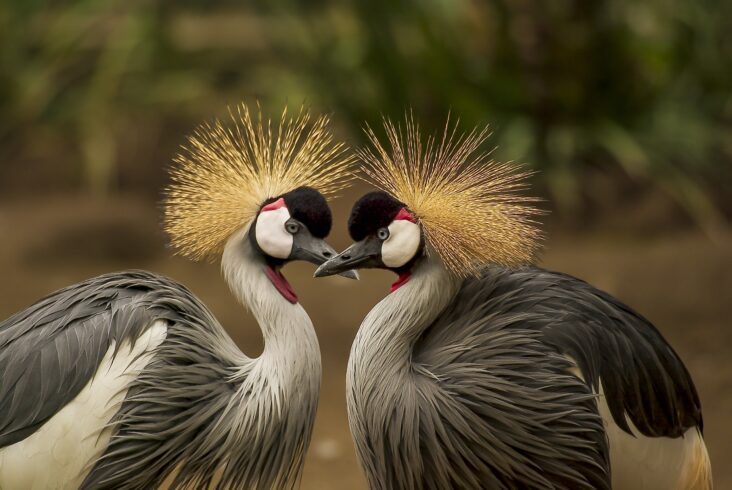The Importance of Wildlife Corridors for Biodiversity Conservation

Wildlife corridors, also known as biodiversity corridors or ecological corridors, are crucial for maintaining healthy ecosystems and preserving biodiversity. These corridors provide safe passage for animals between fragmented habitats, enabling them to access resources, mate, and disperse, thereby preventing genetic isolation and promoting species survival. In this blog, we will delve into the significance of wildlife corridors in biodiversity conservation.
Connecting Fragmented Habitats
Habitat fragmentation due to human activities, such as urbanization and deforestation, poses a significant threat to wildlife populations. Wildlife corridors act as bridges, reconnecting fragmented habitats and creating a continuous network of protected areas. By providing unimpeded movement, these corridors enhance gene flow and increase the resilience of species to environmental changes.
Mitigating Human-Wildlife Conflict
As human populations expand, conflicts between wildlife and human activities intensify. By creating wildlife corridors that guide animals away from human settlements, we can reduce encounters and mitigate conflicts. This not only benefits human safety but also protects wildlife from negative interactions, such as poaching or retaliatory killings.
Promoting Genetic Diversity
Genetic diversity is crucial for the long-term survival and adaptability of species. Wildlife corridors facilitate the exchange of genetic material between isolated populations, maintaining healthy genetic diversity. This genetic mixing improves the resilience of species, enabling them to adapt to changing environmental conditions and increasing their chances of survival.
Supporting Migratory Species
Many species undertake long-distance migrations to find food, suitable breeding grounds, or escape harsh weather conditions. Wildlife corridors provide essential pathways for these migratory species, enabling them to complete their journeys successfully. By preserving and restoring these migration routes, we can ensure the survival of migratory species and the ecosystems they inhabit.
Enhancing Ecosystem Services
Wildlife corridors not only benefit individual species but also contribute to the overall health of ecosystems. By facilitating the movement of pollinators, seed dispersers, and predators, these corridors help maintain the balance of ecological processes. They promote healthy plant communities, improve pollination, and support the regeneration of forests, thus enhancing ecosystem services that benefit both wildlife and humans.
Conservation Genetics and Biodiversity
Conservation genetics plays a crucial role in understanding the genetic diversity and population dynamics of endangered species. By utilizing techniques such as DNA analysis and genetic mapping, conservation geneticists can assess the genetic health of species and make informed decisions regarding habitat restoration and wildlife conservation strategies. This knowledge is invaluable in protecting vulnerable populations and preventing further loss of biodiversity.
Conclusion
Wildlife corridors are essential components of biodiversity conservation strategies. By preserving and creating these ecological corridors, we can address the challenges posed by habitat fragmentation and human-wildlife conflicts. The establishment of wildlife corridors requires collaboration between governments, conservation organizations, and local communities. By recognizing the value of these corridors and implementing measures to protect and restore them, we can secure the future of our diverse wildlife and the ecosystems they inhabit.

